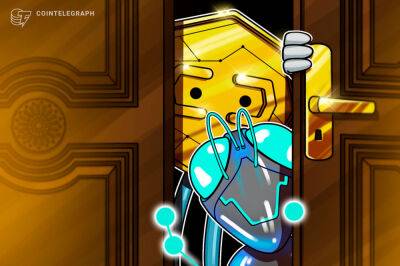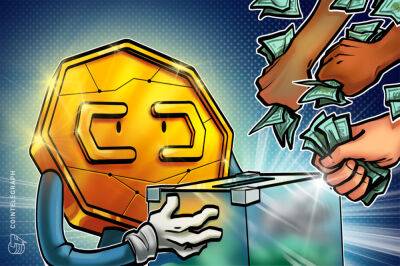Emojis in the office: have they made your emails not suitable for work?
Name: Workplace emojis.
Age: 25. The first set of emojis hit Japanese phones in 1997.
Appearance: Ever more various, including a heatwave-appropriate “melting face”, and multiracial handshakes in the latest release.
OK,but why did you just email me a yellow waving hand?Just being friendly with a colleague.
Hmph. I loathe emojis. They are an infantilising impoverishment of language. Have you ever considered you might be the one with impoverished language? In a recent survey of 9,400 workers worldwide by the messaging platform Slack and the language app Duolingo, 58% of respondents said they would consider an emoji-less work message “lacking”. Do you never use emojis at work?
Never. Well, I have very occasionally succumbed to the skull. And what do you use it for?
Death, pestilence, an oblique commentary on Alan from marketing’s poorly formatted PowerPoints. This is a case in point: younger workers often use the skull to convey that something is “dead funny”. The survey found that generational differences in how we use and interpret emojis are creating all sorts of awkwardness and misunderstanding. For instance, what do you think a classic smiley means?
Presumably it expresses satisfaction, perhaps at the felicitous wording of a memo? Not for the 9% of people (and 20% of Americans) who use it for “deep exasperation and/or distrust”. How about the aubergine?
If pressed, I would use it to inform people that my legendary baba ganoushis available in the third-floor kitchen. This is where some of the worst problems arise: older workers sending colleagues emojis that are distinctly not safe for work. A winky face is considered not just jokey but flirtatious by younger people, and anything with a tongue, peach, taco or aubergine is
Read more on theguardian.com



















